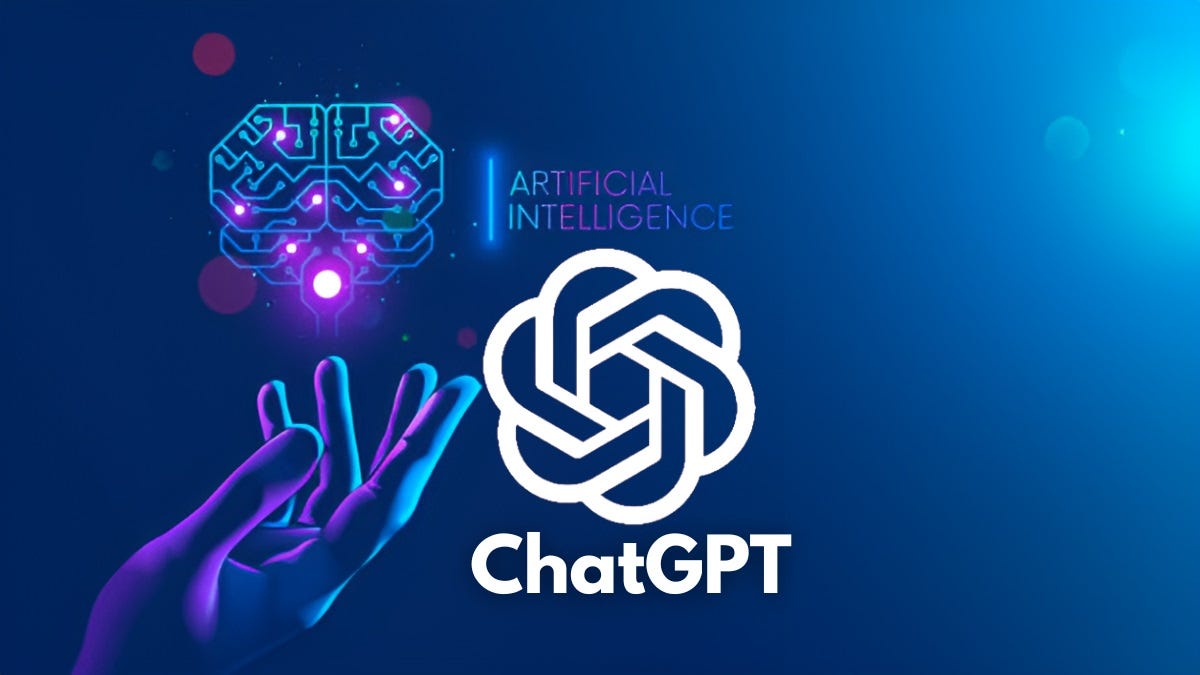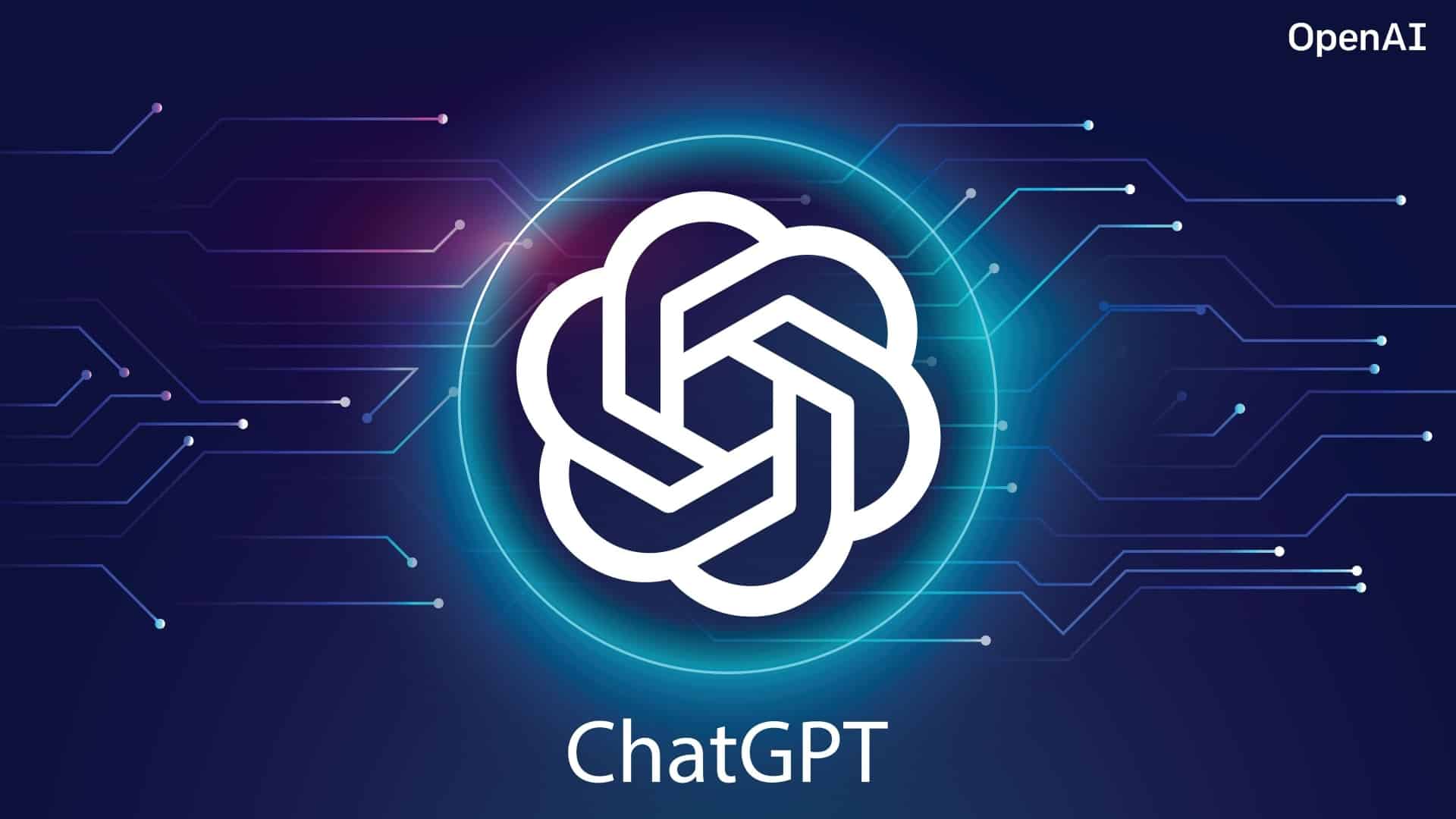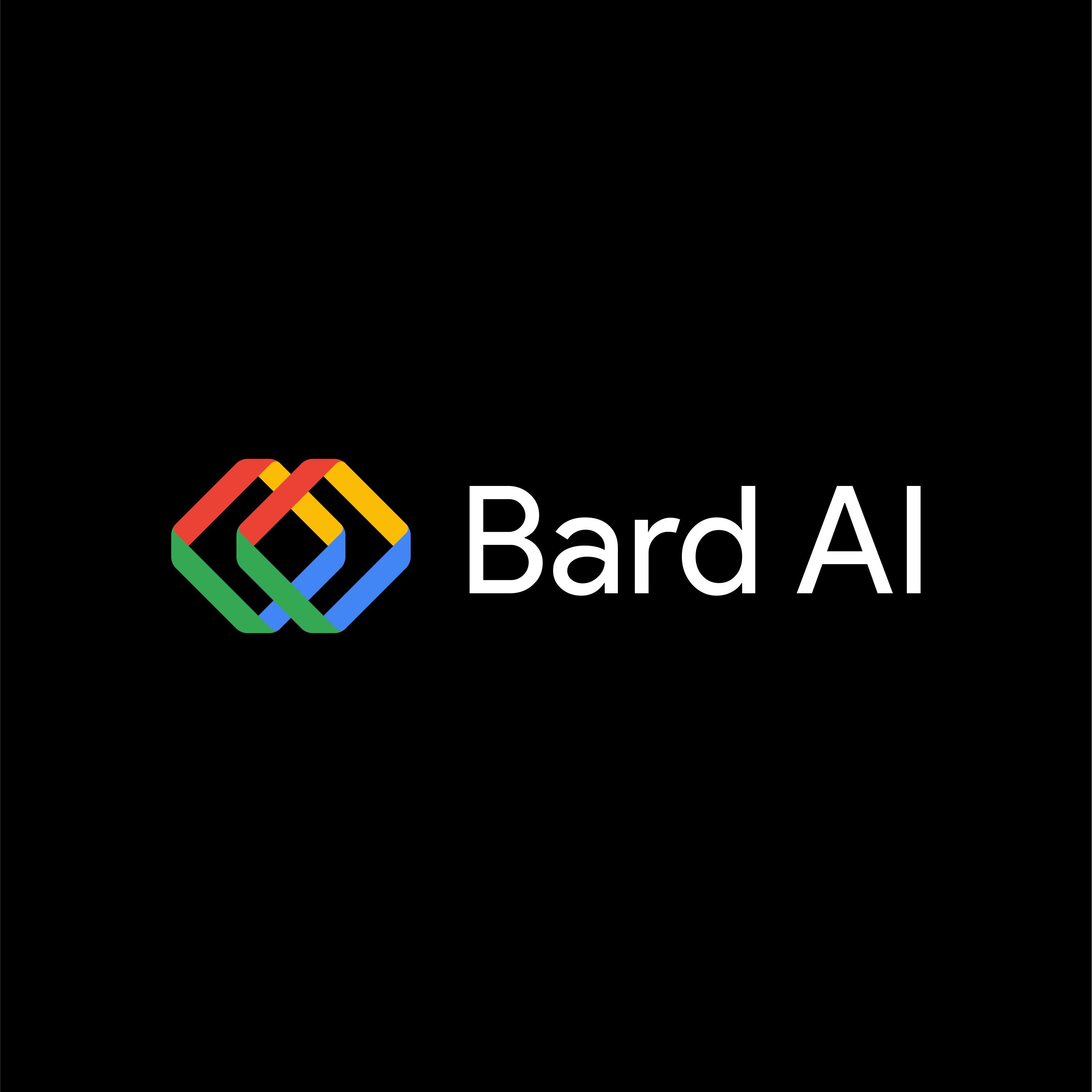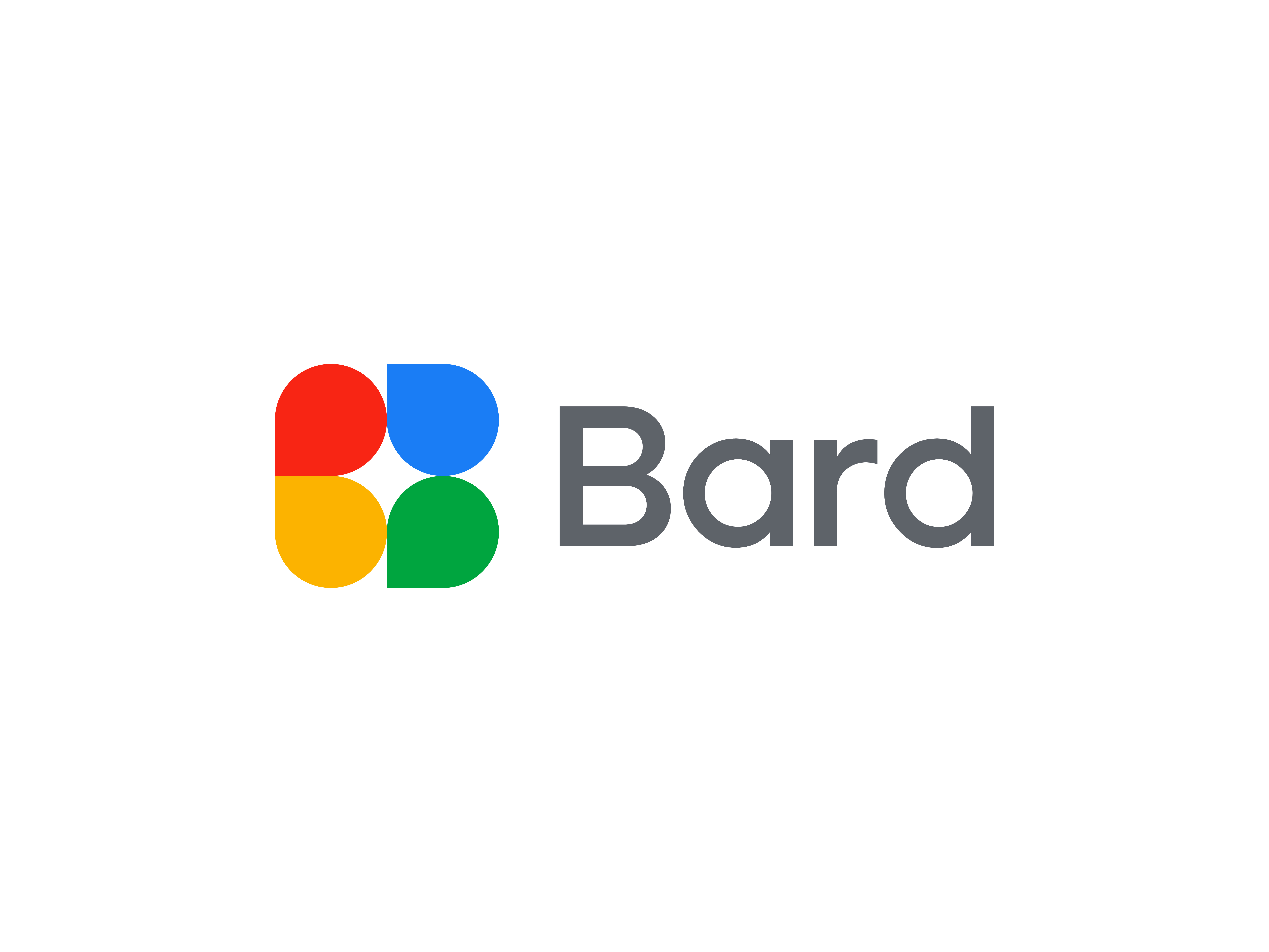
The capacity of generative artificial intelligence to produce material that is human-like was the explosive breakthrough technology trend of last year. It not only captured the interest of tech enthusiasts and futurists but also the attention of popular audiences.
With digital behemoths like Microsoft, Google, and Meta investing almost endless sums of money in the field, 2024 should bring forth even more revolutionary breakthroughs. Through a variety of commercial situations, these AI applications might potentially contribute between USD 2.6 trillion and USD 4.4 trillion yearly to the global economy, according to McKinsey & Company.
The tremendous capability of generative AI will greatly aid the democratization of access to AI's revolutionary potential. And we think that to thoroughly assess the influence that what's coming will have on our lives, everyone has to be aware of it. In this article, we will talk about generative AI trends expected in 2024 and also unveil where is generative AI going in 2024?
The Current State Of The Global AI Market
The world has been captivated by AI technology and its possibilities for decades. Artificial intelligence has long been portrayed in movies and television shows as a part of daily life, used for both peaceful cohabitation and malevolent purposes.
We're getting closer than ever to learning how well artificial intelligence and humans get along. We're making significant overall investments in its advancement.
According to Precedence Research, the artificial intelligence industry was estimated to be worth USD 454.12 billion globally in previous years. The market for AI is also expected to expand. In actuality, McKinseyestimates a $6.1-7.9T yearly economic effect. Much of this expansion, high value, and investment may be attributed to the advancement and growing use of generative AI.
According to a study conducted by Gartner, half of the 1,400+ firms they polled raised their investments in generative AI within the previous ten months. Furthermore, 44% of firms are testing generative AI, and 10% have used it in a production setting.
The quick uptake of generative AI is evidence of its potential to completely change the nature of employment, the skills we require, and how we operate. Why does AI seem to be necessary now? It combines;
- Increased Demand in Various Sectors - The need for AI solutions in retail, banking, and healthcare is rising.
- Progress in the Field of Generative AI- Advances in neural network technology are driving the development of AI capabilities.
- Big Data Accessibility- The increased availability of large data facilitates the training of more complex AI systems.
- Analyzing Complex Data- AI's capacity to evaluate intricate datasets is very useful for a wide range of applications.
- Remote Work and Digital Transformation - The use of AI technology in business has increased due to the trend towards remote labor and digital operations.
Let’s have a look at the trends of generative AI to watch out for 2024:
Emergence Of Multimodal AI Models
Mistral, OpenAI's GPT4, and Meta's Llama 2 are all instances of the breakthroughs that have been made in big language models. Users can mix and match material based on text, voice, picture, and video to prompt and produce new content.
The technology extends beyond text by using multimodal artificial intelligence models. This strategy includes merging data, which may include pictures, text, and audio, with sophisticated algorithms to produce results and make predictions.
In the year 2024, it is anticipated that multimodal artificial intelligence will undergo substantial development, which will usher in a change in the capabilities of generative AI.
By combining a wide variety of data kinds, such as pictures, language, and music, these models are moving beyond the typical single-mode functions that their predecessors used. As a consequence of this paradigm shift toward multimodal models, artificial intelligence will become more dynamic and intuitive.
Customer Service's Evolution
Customer service is likewise being transformed by generative AI. Artificial intelligence-powered chatbots and virtual assistants that can comprehend and reply to complex inquiries are becoming increasingly widespread.
They provide a degree of engagement that has become harder to differentiate from that of real customer support agents. In addition to increasing customer service availability and efficiency, this technology frees up human staff members to concentrate on more intricate and subtle aspects of client interactions.
Natural Language Generation Driven By AI
Natural language generation enabled by AI is going to revolutionize the field. It will alter not just the way we write but also the way we comprehend and use language. AI-NLG generates contextually appropriate material by interpreting tone and intent with sophisticated computer algorithms and datasets.
Currently, there are two ways to learn more about a subject: reading an article or watching a video. What happens, however, if you can't fit either of them in? What happens if your only option is to listen to someone discuss the subject? What if computers could produce text by themselves using just the sounds they hear? That is the function of natural language generation.
Generative Design
Another area where generative AI adoption is likely to occur quickly is in the creation of tangible goods and services. A new class of technologies known as "generative design" gives designers the ability to simply enter criteria and accessible resources to get blueprints and recipes.
To create more reliable, efficient, or sustainable product designs, generative AI capability is being integrated into design platforms like Autodesk. This enables product designers to quickly create an unlimited number of digital twin prototypes and test them simultaneously.
Reinventing Research And Development
Research and development across sectors are being revolutionized by generative AI's capacity to simulate and model situations.
AI algorithms can simulate situations, forecast results, and come up with creative solutions for challenging issues in a variety of industries, including medicine and automobile design. This skill quickens the rate of innovation and lowers the time and expense associated with creating new goods and services.
Capable And Powerful Small Language Models
If 2023 was the year of giant language models, then 2024 will be the year of little language models. Large-scale datasets like The Pile and Common Crawl are used to train LLMs.
These datasets are made up of gigabytes of data that were taken from billions of publicly accessible websites. The data is useful for training LLMs to produce meaningful material and anticipate words, but since it was built on information from the broader internet, it is noisy.
However, small language models are trained on smaller datasets that nonetheless include high-quality sources like scholarly articles, textbooks, and journals. These models may operate on less capable and more affordable hardware as they have fewer parameters and need less storage and memory.
SLMs are much smaller than LLMs, yet they nonetheless generate material that is on pace with some of their bigger competitors in terms of quality. The SLMs Mistral 7B and PHI-2 from Microsoft are two intriguing options that will drive the next wave of generative AI applications.
Advancement Of Vendors In The AI Value Chain
Companies in the AI value chain, such as Open.AI, AWS, Microsoft, Google, IBM, and Meta, will keep developing and investing in AI. With the introduction of ChatGPT in November 2022, our understanding of AI and content creation was revolutionized and anybody could now create anything.
Regarding legitimacy, copyright, and the morality of utilizing an AI model to produce material, it spurred debate and raised several warning flags. It demonstrated to us the potency of a product announcement from these massive tech firms. Prominent firms in the AI tools space have enormous influence and have the power to drastically alter our way of doing things.
These platforms have become more user-friendly and reasonably priced, enabling small companies and independent developers to make use of potent AI technologies. Since a variety of industries may use AI to create tailored solutions, from improving customer experiences to streamlining operations, this democratization is anticipated to spark creativity.
Open Models Will Become Comparable With Proprietary Models
It is anticipated that open, generative AI models will undergo a substantial evolution by 2024 some forecasts place them on par with proprietary models. On the other hand, comparing open and proprietary models is difficult and dependent on several variables, such as the particular use cases, the resources available for development, and the training data.
In 2023, Llama 2 70B, Falcon 180B, and Mixtral-8x7B from Mistral AI, as well as other proprietary models like GPT 3.5, Claude 2, and Jurassic-2, achieved similar levels of popularity.
The difference between proprietary and open models will become smaller in the future, giving businesses a fantastic choice for hosting generative AI models in on-premises or hybrid settings.
The next versions of the models from Meta, Mistral, and maybe newcomers will be made accessible as APIs in 2024, offering competitive models to the proprietary ones.
Are There Any Emerging Ethical Concerns Related To Generative AI?
Indeed, generative AI raises some new ethical issues, especially given its capacity to produce remarkably lifelike artificial intelligence. The possibility of creating deepfakes manipulated films or pictures that seem real is one major source of worry.
Deepfakes have the potential to disseminate false information, sway public opinion, and even discredit specific people or prominent personalities. Fairness and equality in AI-generated material are called into question by this, especially in delicate domains like criminal justice or employment procedures.
The creation of synthetic data that mimics actual people or situations also has privacy problems as it may result in identity theft or privacy violations. To ensure the proper development and use of generative AI systems, these ethical problems must be addressed.
Frequently Asked Questions
How Will Generative AI Contribute To Personalized User Experiences?
Generative AI will contribute to personalized user experiences by enabling the creation of tailored content, recommendations, and interactive interfaces based on individual preferences and behavior patterns.
What Industries Will Benefit The Most From Generative AI In 2024?
Industries such as marketing, entertainment, healthcare, and design are expected to benefit the most from generative AI advancements in 2024.
How Will Generative AI Impact Content Creation?
Generative AI will significantly impact content creation through improved natural language generation.
Final Thoughts
As we have talked about where is generative AI going in 2024? These trends and expectations in generative AI go beyond simple technical projections. They act as a guide for development in society, growth, and innovation. As AI develops, it forces us to reconsider both our relationships with the outside world and our corporate procedures.
AI has enormous potential, and its effects are just getting started. We can use generative AI to create a more inventive, efficient, and inclusive future if we remain vigilant, educated, and flexible.




